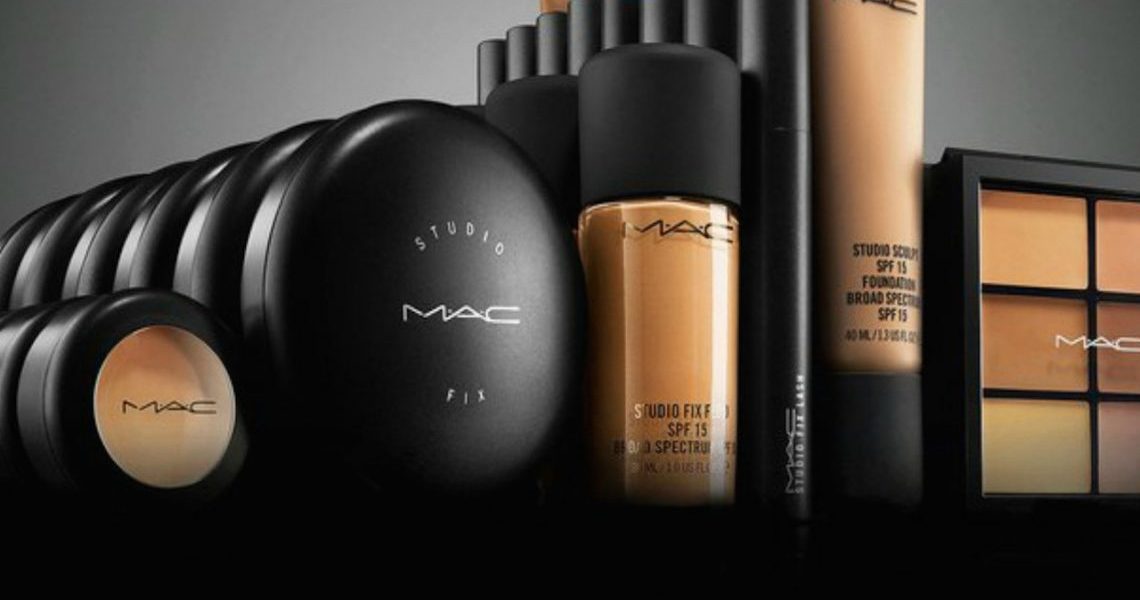After three years of testing augmented reality in a selection of its 4,500 stores, MAC Cosmetics is going all-in on an AR try-on tool for its e-commerce site.
Beyond its large fleet of stores, MAC sells through department stores like Macy’s and Saks Fifth Avenue. MAC has been working with YouCam to roll out AR smart mirrors in its stores since the end of 2017, and only 2.6% of stores are currently equipped. It introduced an AR try-on tool through a dedicated website tab in August 2019, also with YouCam, but since March has been rolling out the tool to country-specific sites for the U.K., Brazil, UAE, Saudi Arabia, France, Mexico, Australia, Germany and Italy. The tool is available for lip and eye products, and the company is expanding the feature to its foundation at an undetermined time.
MAC’s AR try-on tool comes at a time when shopping habits and the retail environment continues to change post-coronavirus shutdowns. The company is hoping its AR-play will be used as an omnichannel tool moving forward.
“Although Covid-19 has significantly impacted the beauty industry, makeup continues to play an important role in many people’s lives as part of their desire to look and feel their best,” said Ukonwa Ojo, MAC Cosmetics global CMO and svp. “However, it’s the digital-first brands that are best positioned to win in this new environment, which requires us to find new ways to virtually connect with consumers while they are socially distancing at home.”
According to a 2017 report from Spot Studio, online shopping conversion rates hover between 2% and 4%, compared to physical retail at 20% and 40%. Linda Smith, founder and CEO of FaceCake Marketing Technologies, a company that creates AR online and in-store experiences for brands like Nars and Physicians Formula, said that heritage clients of FaceCake on average experience a 350% to 400% increase in monthly conversion and online basket size when adding an AR tool, while indie brands can experience a more than 400% boost in conversion but only a 50% increase in basket size, likely because they are less well-known. AR also helps reduce returns by a percentage that mirrors increases in conversion.
Ojo declined to state what percentage of MAC sales were from e-commerce, but said the brand experienced a “strong surge” in its global online business over the last fiscal quarter and is seeing a recovery in China. MAC was highlighted in Estée Lauder Companies’ third-quarter earnings call on May 1 for the successful digital launch of its Selena collection, which sold out in two days and was the brand’s biggest collection to-date in terms of sales.
Other makeup companies and retailers have demonstrated success with online AR features. L’Oréal’s ModiFace AR has helped double website engagement time and triple conversion, according to The Drum. From 2016-2018, Sephora‘s Virtual Artist app drove 200 million try-ons of shades over the course of more than 8.5 million visits. Considering that the elimination of product testers in a post-coronavirus era is a likely outcome, being able to try on products virtually, both in an in-store environment and online, is more important than ever.
Ad position: web_incontent_pos1
“Traditionally, online beauty shopping was for replenishment if you were looking for a specific product,” said Smith. “You weren’t shopping the same way you were in-store because that was focused on discovery. But what AR can deliver is that you can shop similarly online to the way you would in-store.” Smith also said there is the potential for AR to replicate the social-shopping experience, meaning AR could provide a way for people to share makeup looks with friends in real-time when they can’t shop together.
Smith said that, whether a person is shopping in-store, on desktop or on their mobile device, their identity goes with them; therefore, AR has the ability to link a person’s online activity with their in-store activity and vice versa. As such, a brand can get to know a person’s preferences on products and how frequently they use them, and can offer personalized recommendations along with timely replenishment suggestions. Ojo said that, currently, MAC tracks AR data in aggregate only, such as the number of people using the tool and how many use the camera feature versus a model image.
“Naturally, the move toward social distancing is a great opportunity for us to rethink how we can create these kinds of experiences for customers while socially distancing at home,” said Ojo. “This makes innovative digital platforms to connect and engage with customers all the more important.”




